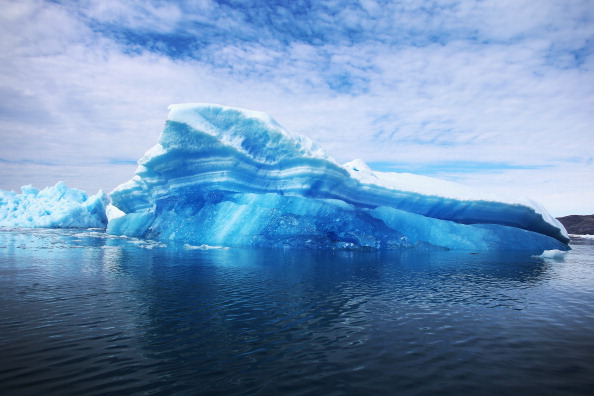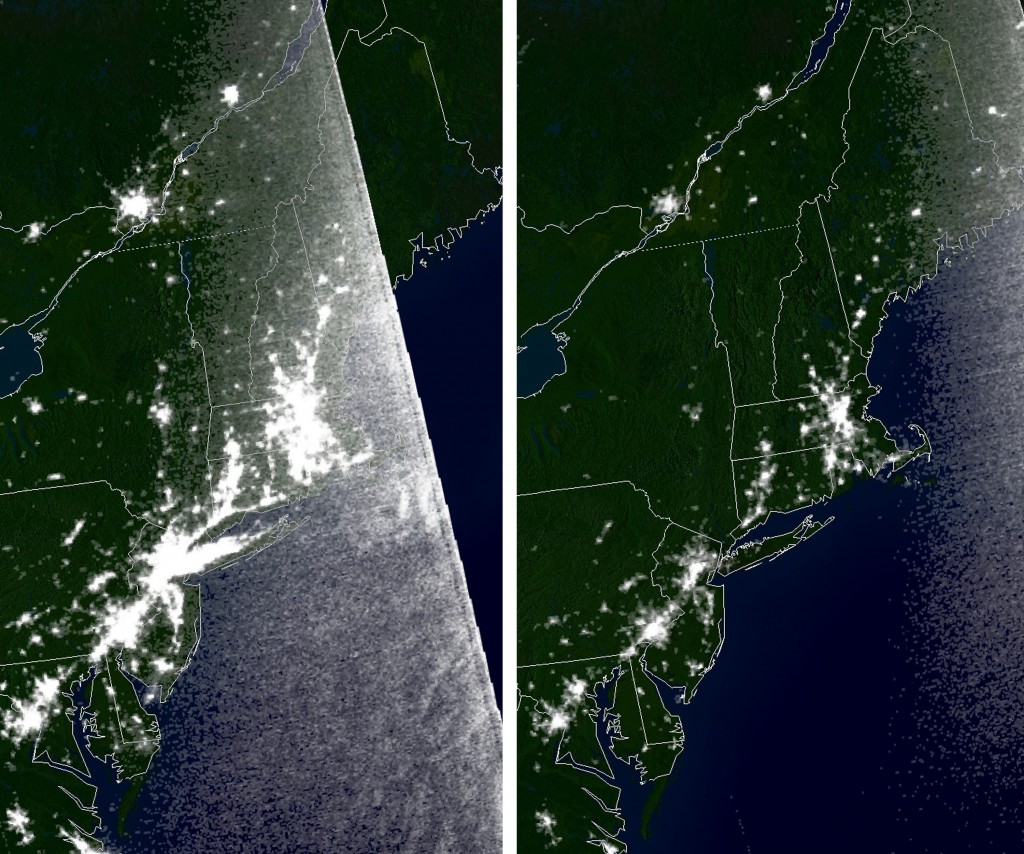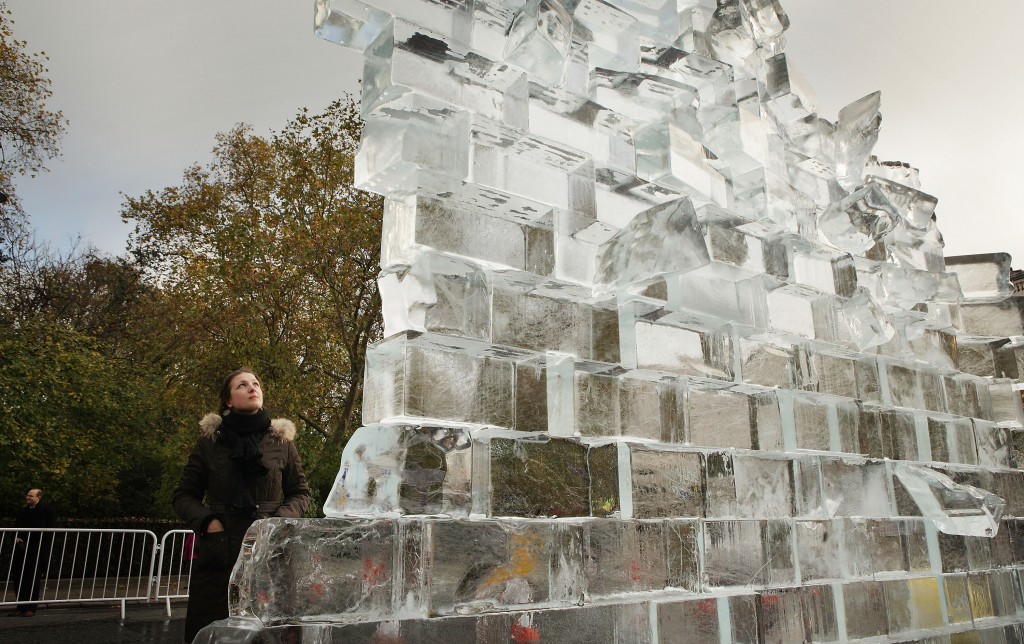Social media can be a fun way to keep up with friends, play games and kill time, but it can also be a source of real-time news and a platform used to disseminate critical information during emergencies. You’d be hard pressed to read an online news article or watch a news broadcast on television without… Keep reading →
Blackout
How Con Edison Effectively Relied on Social Media to Reach Customers During Superstorm Sandy
By Jared AndersonSign up and get Breaking Energy news in your inbox.
We will never sell or share your information without your consent. See our privacy policy.Is Your Utility Prepared for Storm Season?
By Christopher PrinceAs Americans brace for warmer weather – and the tornadoes, droughts and hurricanes that come with it – the question remains: are utilities prepared to handle the stress of ever increasing inclement weather? Like weather patterns, every utility requires unique ingredients to successfully navigate storm-related outage prevention and restoration strategy. However, at the foundation of… Keep reading →
Demand Response Helps Texas Avoid Rolling Blackouts in the Face of Polar Vortex
By Environmental Defense Fund Energy Exchange BlogAs we begin a new year, the outlook for 2014 looks bright. But as the Polar Vortex has descended upon the U.S. over the last few days, we have been reminded of the past, specifically the winter of 2011 when Texas’ electricity grid stuttered under the extreme cold. Monday, as a record-breaking cold snap whisked… Keep reading →
After many years of essentially never worrying about power delivery, the past decade has brought an accelerating number of service interruptions to the citizens of the United States and steadily raised concerns about the sources of their energy alongside renewed interest in details of the system’s functioning. Those of us who have been working in… Keep reading →
Quick Take: Do you remember the stories that used to circulate about building a nuclear bomb from instructions on the Internet? I’m starting to feel that terrorists could bring down the grid by reading stories on the Internet. Every week we get details about another vulnerability. Here’s the latest gambit receiving widespread attention. My advice… Keep reading →
Cities Prepare for the Worst via Disciplined Energy Assurance Planning
By Erich W. GuntherSome innovative California cities are engaging in assurance planning practices to make their energy supply more resilient during a major disaster such as earthquake, wildfire or landslide that could disrupt the normal supply for weeks. Their forward thinking includes the application of renewable distributed generation, microgrids, demand response, and other smart grid techniques and technologies… Keep reading →
White House Report Calls for Increased Electric Grid Resilience
By Energy Solutions ForumA White House and DOE report calls for investments to increase the nation’s electric grid resilience and outlines strategies for grid modernization. On August 12, 2013, the White House Council of Economic Advisors and the Department of Energy (DOE) released a report emphasizing the importance of grid resilience for climate adaptation. The report, titled “Economic… Keep reading →
The damage already done will take its toll US Department of Energy (DOE), like energy bureaucracies elsewhere, prefers to avoid unpleasant subjects whenever possible. But occasionally, the bad news cannot be avoided. A report released by the DOE in July 2013 warns that the nation’s entire energy system is vulnerable to increasingly severe and costly… Keep reading →
The enormous blackout that left 50 million people along the US East Coast without power occurred 10 years ago this week and Scientific American spoke with electrical engineer Jeff Dagle, a member of the task force and a specialist in power-grid resilience at Pacific Northwest National Laboratory, to find out what caused the failure and what’s… Keep reading →
Energy News Roundup: Subterranean Ice Walls, 2003 Blackout Anniversary and Gazprom
By Jared AndersonA crazy sounding, but apparently not-so-crazy, solution to prevent groundwater contamination at the damaged Fukushima Nuclear Power Plant involves constructing subterranean ice walls around the facility. This is reportedly a proven technology currently being piloted in Canada’s oil sands region. [Quartz] It’s been 10 years since a major blackout knocked out power to 50 million… Keep reading →










